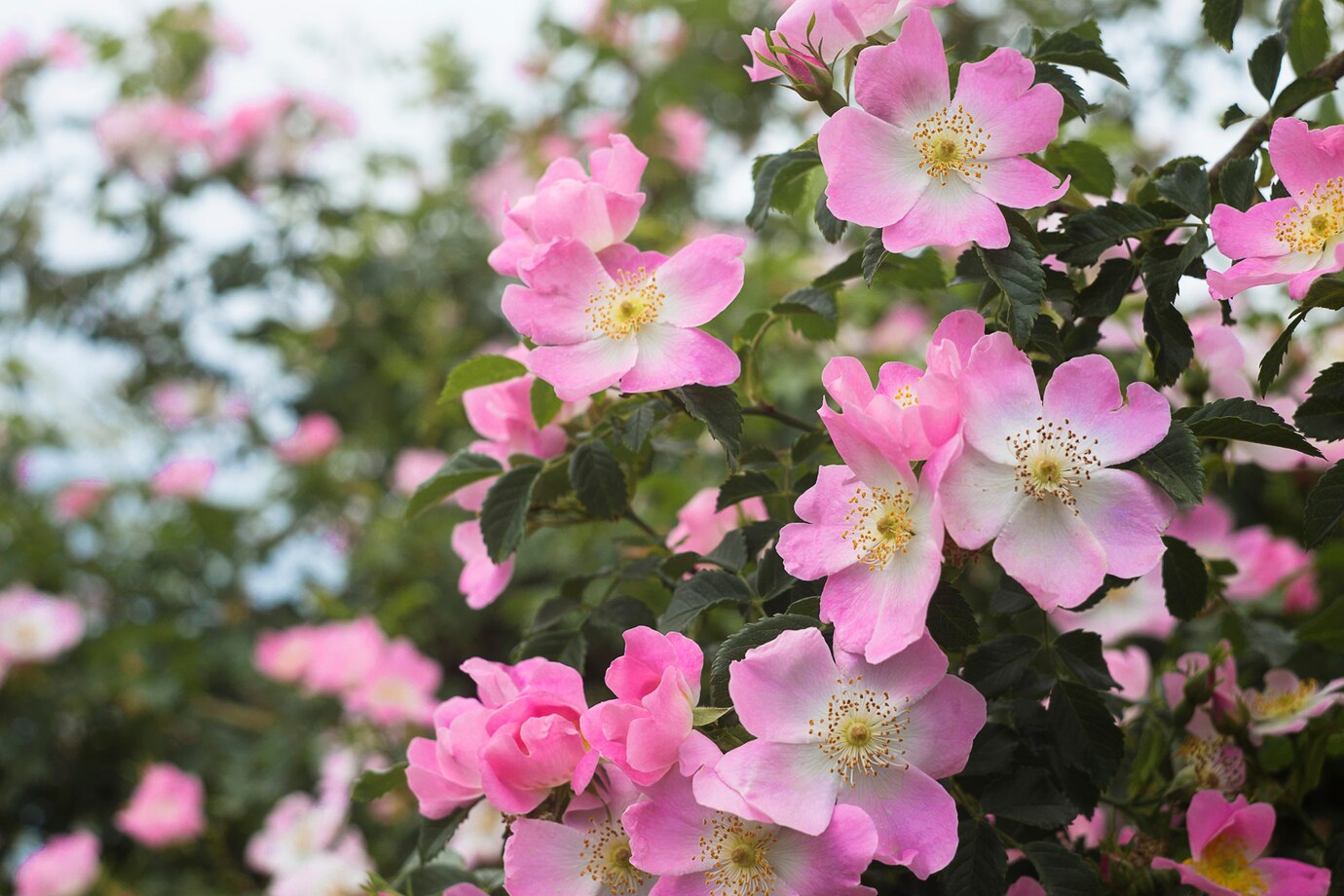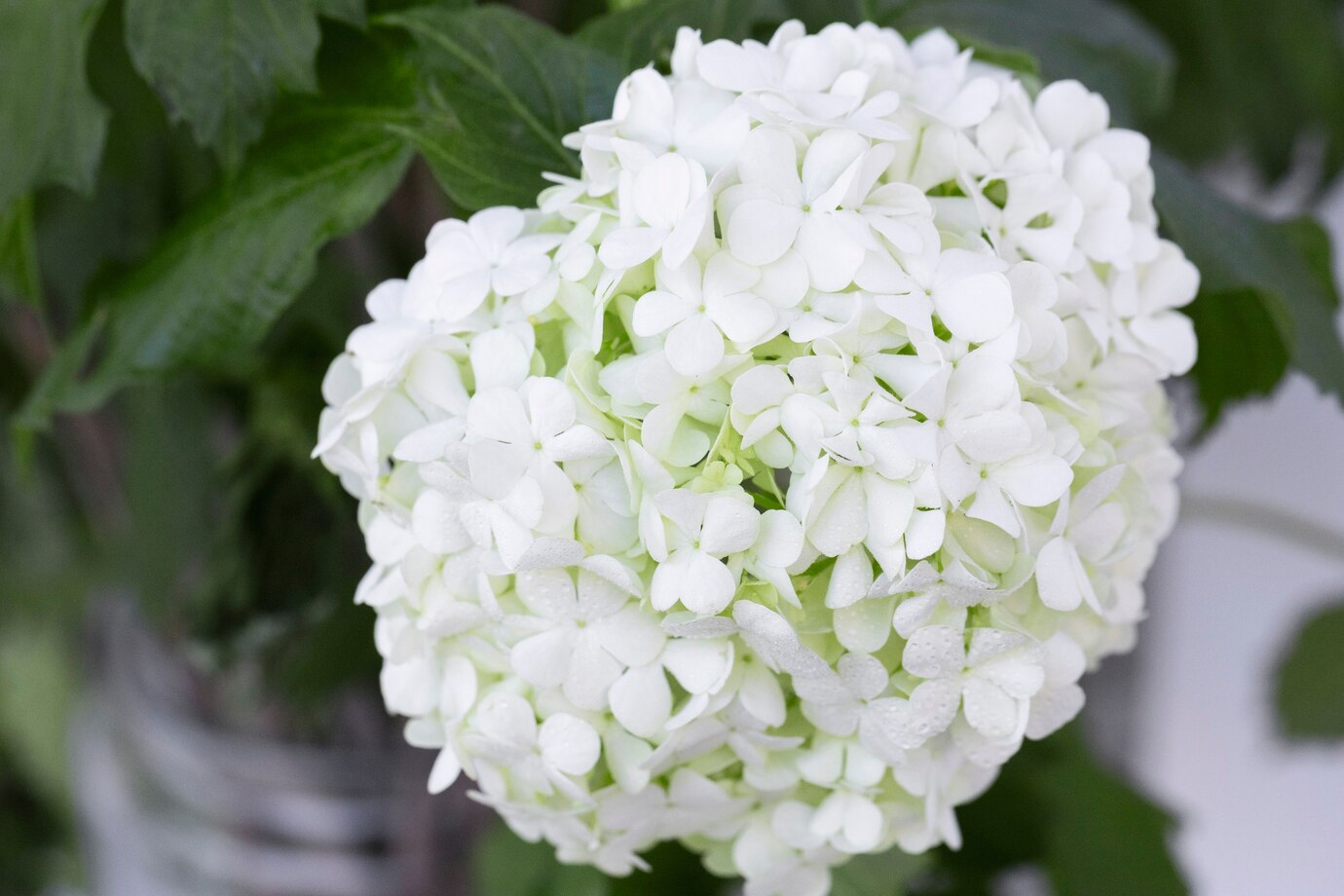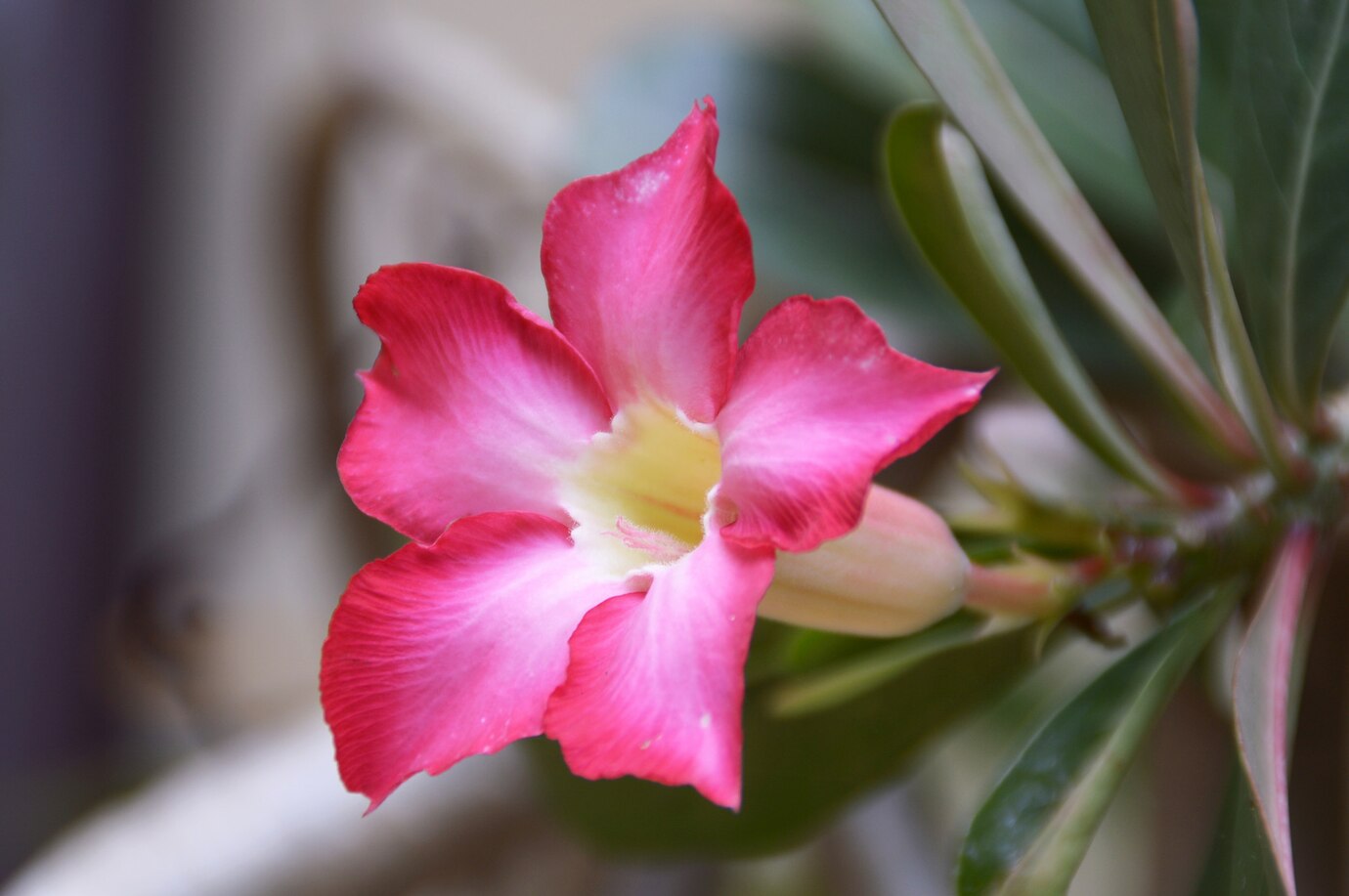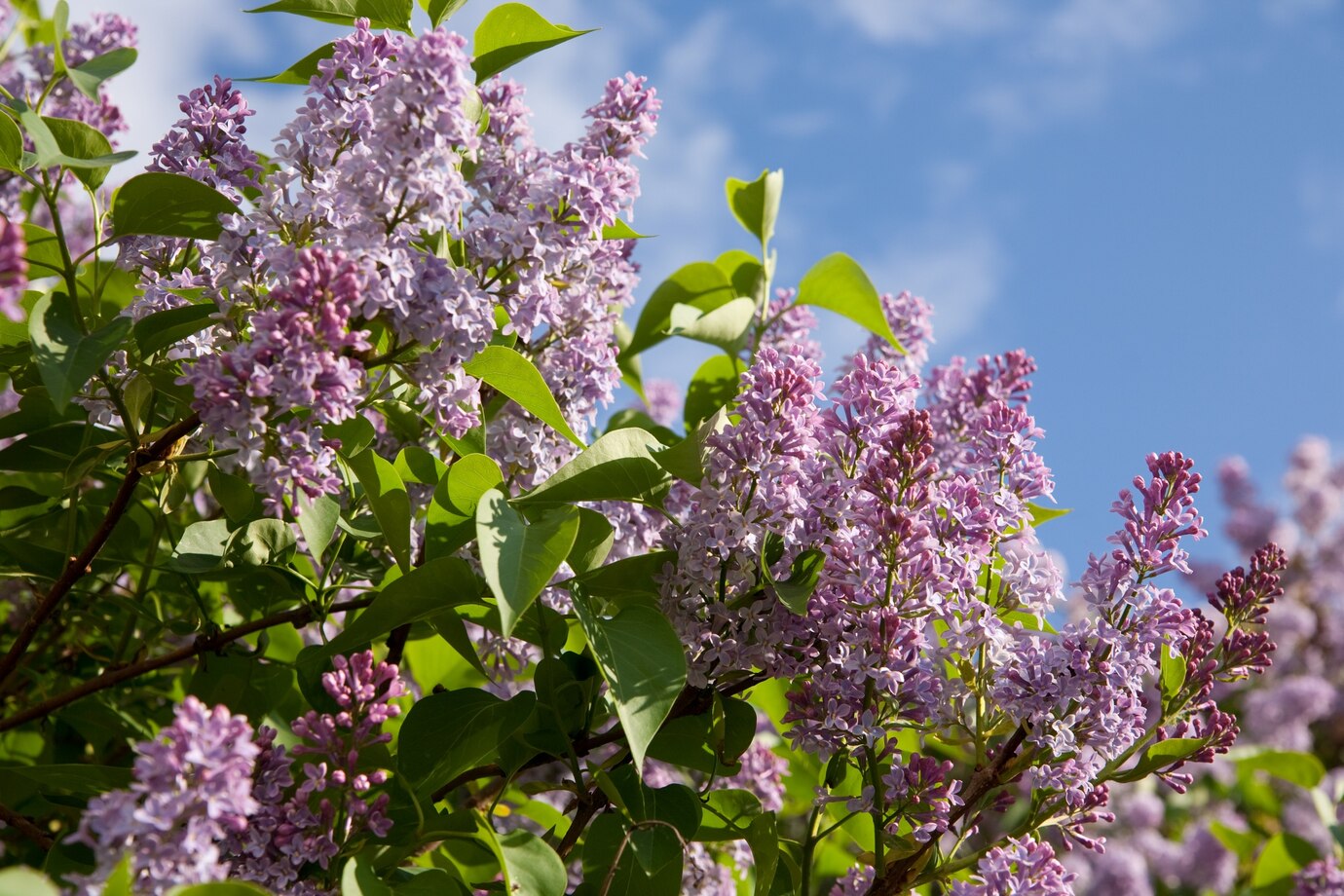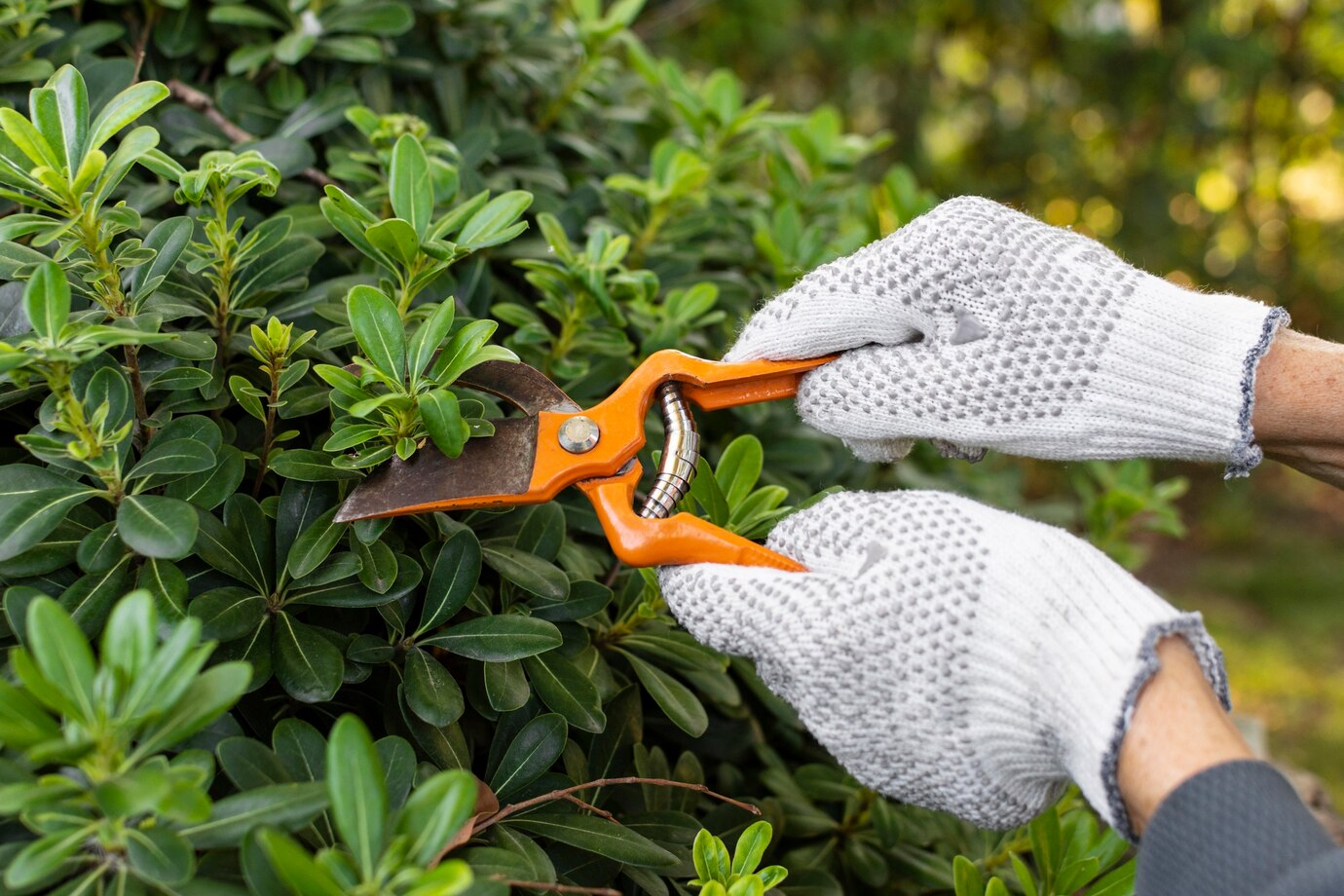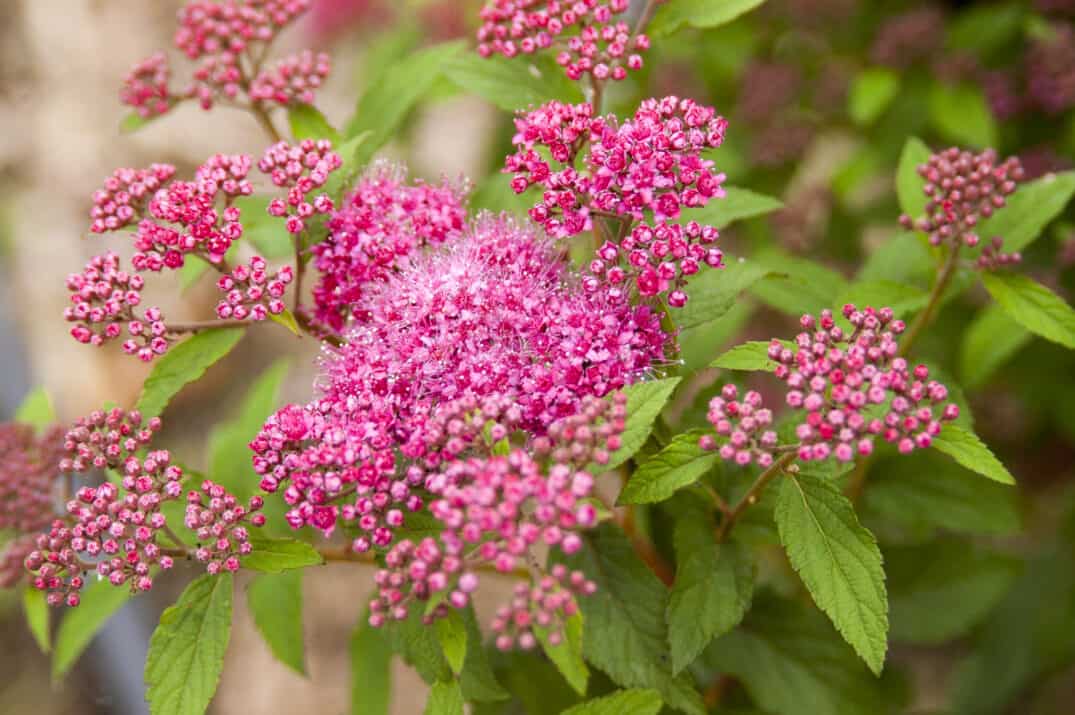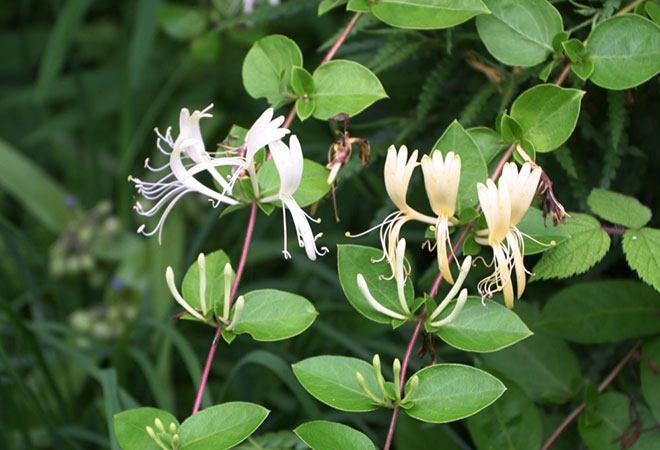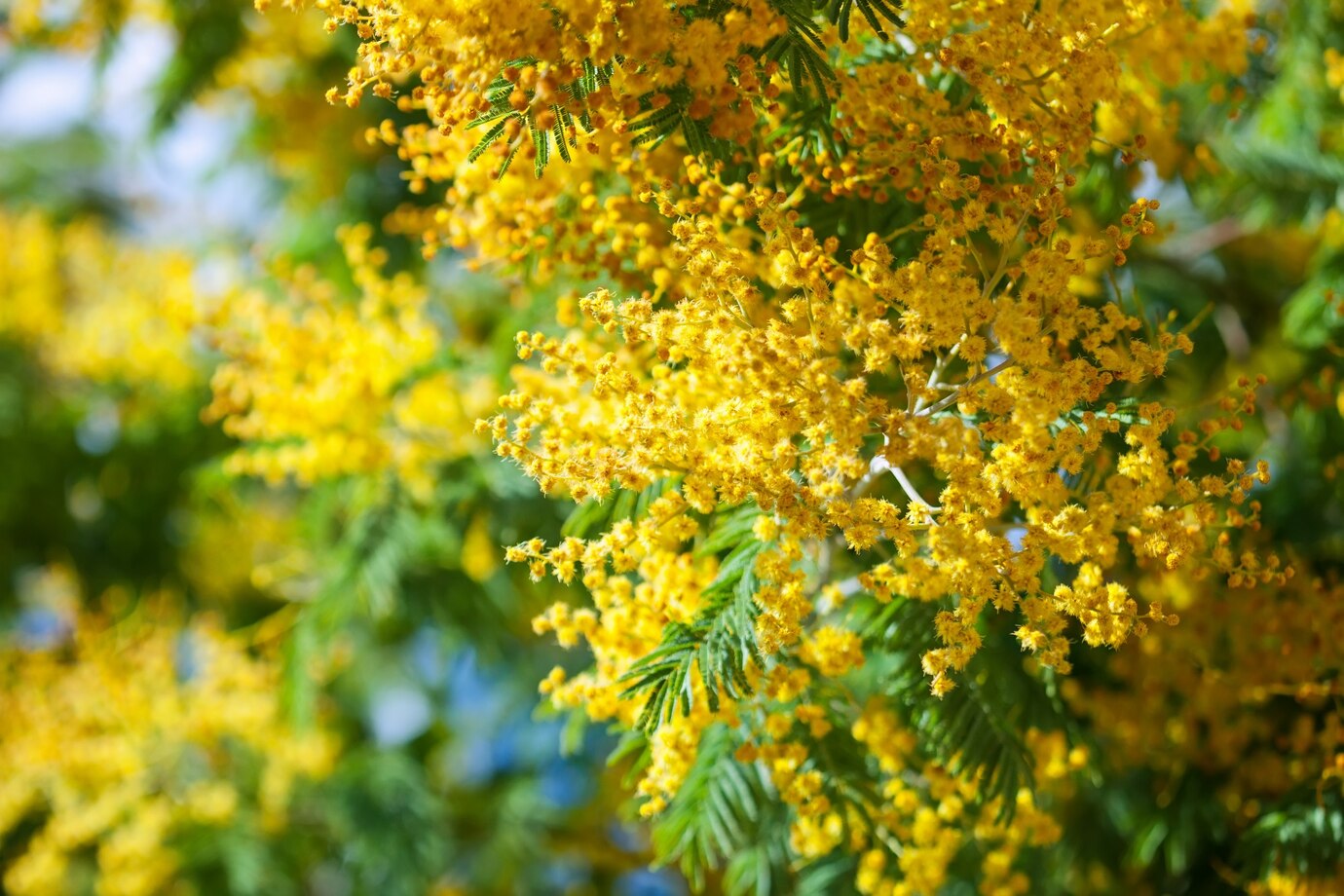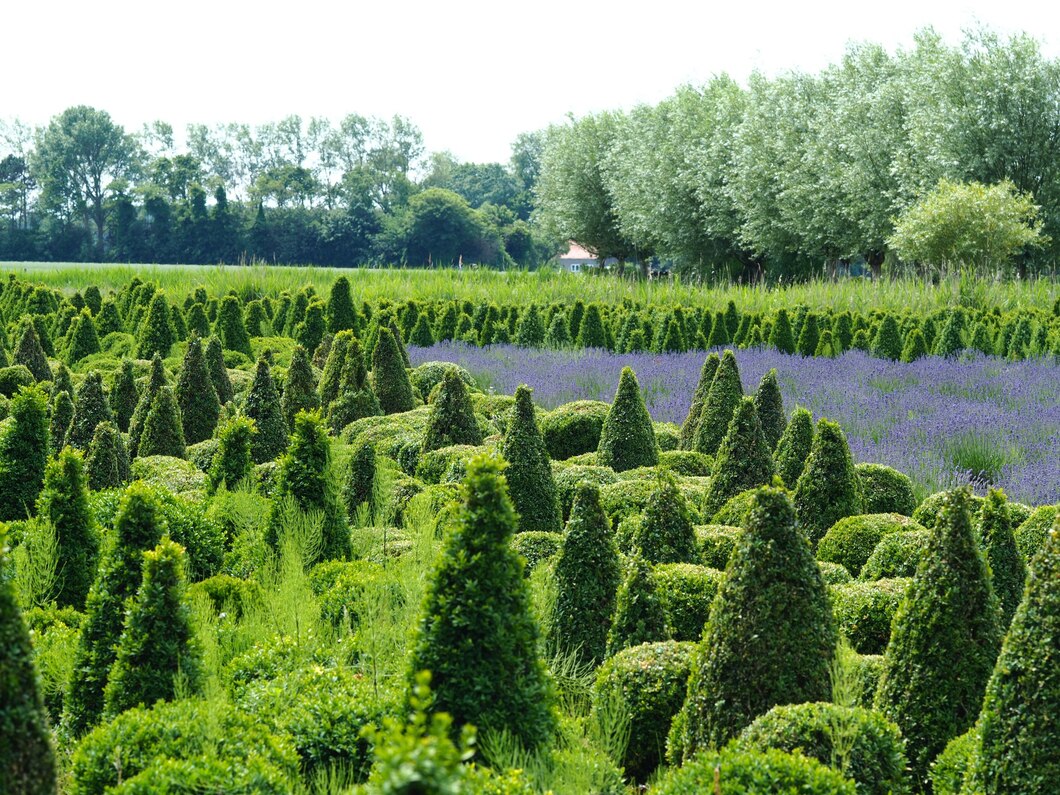Hibiscus plants aren’t just limited to tropical regions. Some cold-tolerant varieties, such as the widely loved Rose of Sharon, can survive harsh winter temperatures. Let’s see how to grow Rose of Sharon in detail.
Table of Contents
ToggleAbout Rose of Sharon
Rose of Sharon is referred to as hardy hibiscus or shrub althea in southern areas and belongs to the Hibiscus family. Its botanical name is Hibiscus syriacus, although some garden centers might offer hybrid versions labeled Hibiscus x. Unlike tropical types, Rose of Sharon is deciduous as it sheds its leaves each fall and sprouts new growth by spring.
Growers have developed this shrub in a wide range of sizes. You’ll find compact versions growing just 3 to 4 feet tall and broader varieties that can reach over 16 feet high and spread up to 8 feet wide. Always check the plant label to confirm how big it will get when fully grown.
This hardy Hibiscus offers blooms in shades of white, lavender, pink, red, magenta, and deep purple. You’ll find flowers in single, semi-double, or fully double forms. The most iconic variety has five broad petals surrounding a colorful center and a prominent stamen column. These vibrant blossoms are magnets for pollinators, too.
When to Plant
You can plant Rose of Sharon during either spring or fall, depending on your soil and climate conditions. Here’s how to decide:
Spring Planting: If you live in a region with harsh winters, wait until the danger of frost has passed (typically by late April or early May). Planting in spring gives the shrub a full growing season to establish a healthy and strong root system, helping it face the next winter more confidently.
Fall Planting: In regions with milder winters, fall is a great time to plant. Once temperatures begin to drop, but before the first frost (usually around late September or early October), you can get it in the ground. Fall planting helps the roots settle in while the plant prepares for winter dormancy.
Where to Plant
Rose of Sharon adapts well to many environments but thrives best when planted in the right spot. Look for a location with these features:
Sunlight: Give your plant at least six hours of direct sunlight daily. While the plant can handle partial shade, too much can reduce flowering and lead to weak growth.
Well-drained soil: Choose soil that drains easily and contains plenty of organic matter. Avoid areas where water tends to collect, as soggy soil can harm the roots.
Shelter from strong winds: Heavy winds may damage this shrub’s shallow roots. Plant it near a building, fence, or natural windbreak to keep it stable.
Room to grow: Rose of Sharon can reach 8 to 12 feet tall and spread 6 to 10 feet wide. Give it enough space so it doesn’t crowd buildings, fences, or nearby plants.
Moderate climate tolerance: This plant handles a range of temperatures but may struggle in areas with extremely harsh winters or intense heat. Make sure your region offers a balanced climate for healthy growth.
How to Plant Rose of Sharon
Follow these simple steps to get your Rose of Sharon off to a strong start:
Pick the right spot: Choose a sunny area with soil that drains well and offers some protection from strong winds. Make sure there’s enough room for the shrub to mature without overcrowding nearby structures or plants.
Prepare the ground: Dig a hole larger than the size of the plant’s root ball and equal in depth. Incorporate organic material or compost into the soil to boost drainage and nutrients.
Set it in place: Carefully remove the shrub from its pot and position it in the center of the hole. The top of the root ball should sit level with the surrounding soil. Fill the hole with the amended soil, pat it down lightly, and water deeply to help the roots settle.
Rose of Sharon Care
Caring for Rose of Sharon is similar to Hibiscus care. With the right care, Rose of Sharon will reward you with vibrant blooms and healthy growth throughout the season. Here’s how to keep it thriving:
Watering: Keep the soil moist but not soggy. Water regularly during the first growing season to help the plant establish strong roots. In dry spells or during high heat, increase watering to prevent stress.
Fertilizing: Feed your plant in early spring with a balanced fertilizer to promote healthy growth. Be cautious not to over-fertilize, as too much can lead to leafy growth at the cost of flowers. If you prefer organic methods, apply a layer of compost around the base. Compost nourishes the plant naturally while improving soil quality.
Pruning: Trim the shrub in late winter or early spring before new growth begins. Since Rose of Sharon flowers on new wood, pruning at this time boosts blooming and helps shape the plant. Cut away dead, broken, or overcrowded branches, but avoid over-pruning, as it could reduce flowering in the next season.
Mulching: Add a layer of organic mulch at the base to retain moisture, maintain soil temperature, and suppress weeds. Keep mulch a few inches away from the stem to prevent rot.
Winter Protection: While Rose of Sharon can handle cold weather, those in areas with harsh winters can add extra protection. Wrap the plant with burlap or use a breathable cover to shield it from freezing winds. In spring, remove any frost-damaged branches to encourage fresh growth.

